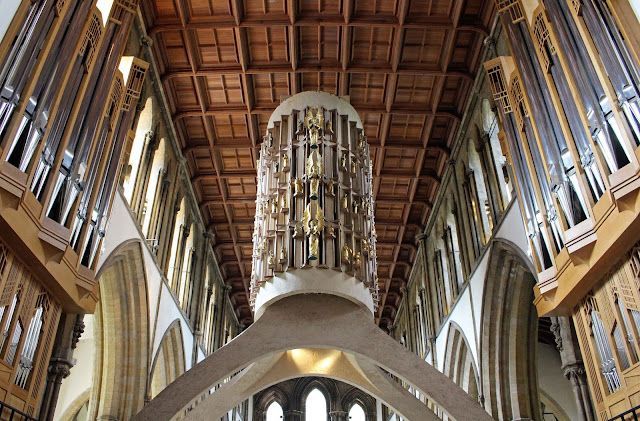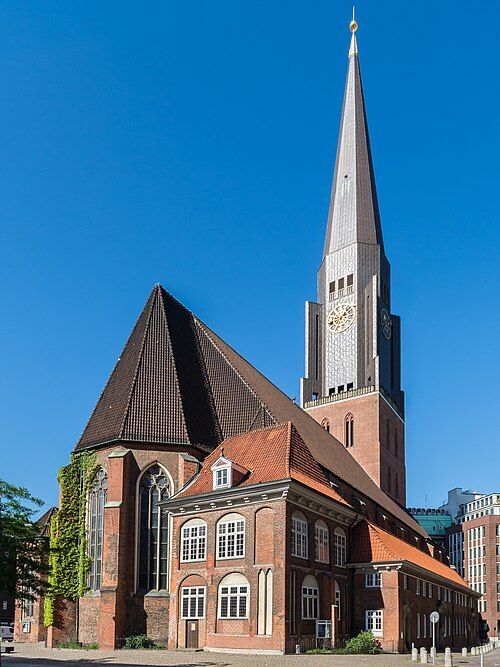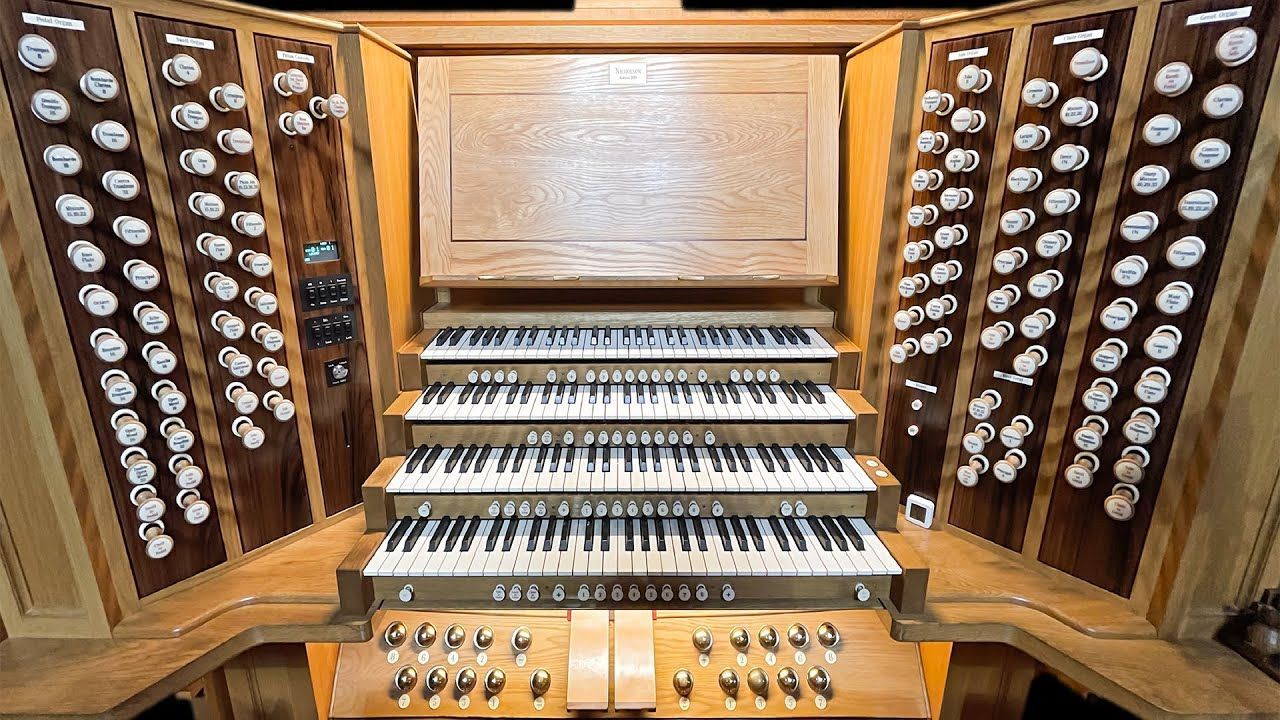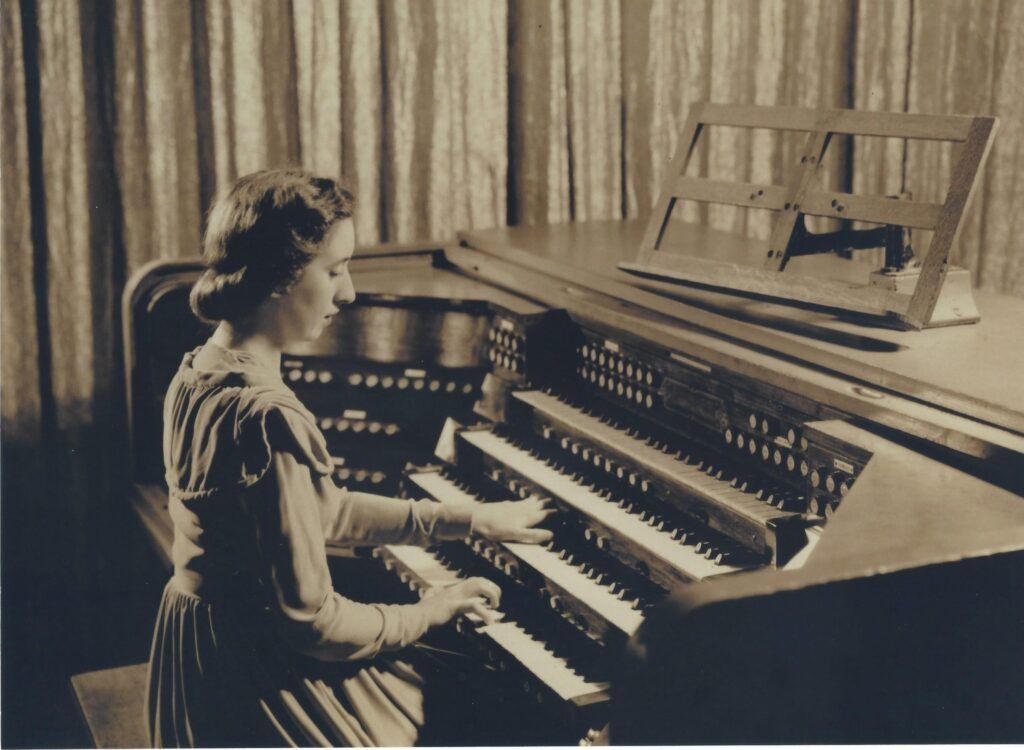Judith Pendrous: Short Concert Biography
Judith is Organist of St Mary’s Priory, Abergavenny, a freelance accompanist and recitalist who moved to Wales in 2003.
She initially studied piano at the Royal Northern College of Music, Manchester, & went on to study organ performance at the Birmingham Conservatoire and the Royal Academy of Music, London, where her tutors included David Titterington and the late Nicholas Danby.
Judith took up the Organ Scholarship at York Minster from 1995-96, under the direction of Philip Moore and John Scott Whiteley.
Subsequently, she became first Organist, then Director of Music of the Birmingham Oratory; during her time there she directed the choir for radio broadcasts on BBC Radio 4.
As a choral accompanist, she has performed with a variety of choirs such as the Gwent Bach Society.
As a recitalist, Judith has performed at Westminster Abbey, Westminster Cathedral and Canterbury Cathedral, as well as in France, Germany and Israel.
Judith has a busy teaching practice in Abergavenny, teaching both piano and organ. In her spare time, she is timpanist for Abergavenny Symphony Orchestra, under the baton of Michael Bell.
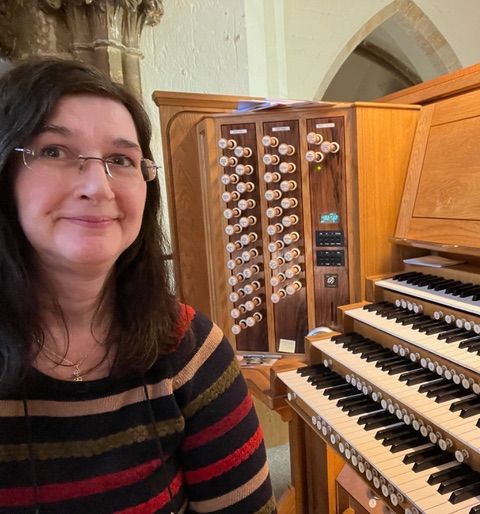
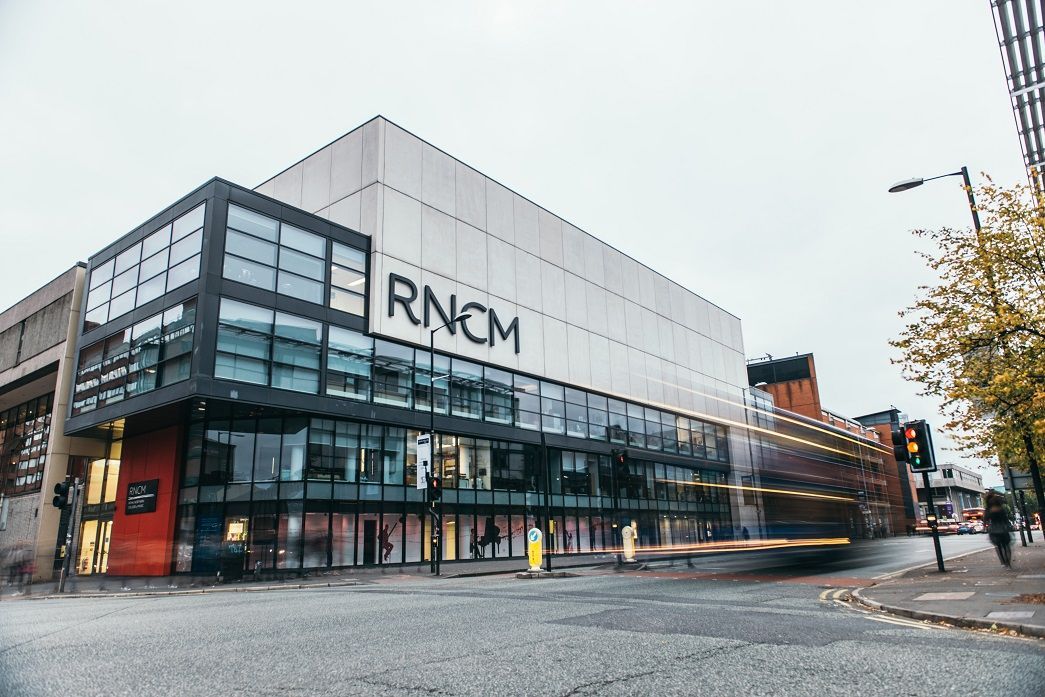
Interview with Judith Pendrous
What first drew you to the organ and to performing it in concert halls as well as churches and cathedrals?
I was first drawn to the organ whilst a piano student at the Royal Northern College of Music, Manchester, and hearing a great variety of organ repertoire on real pipe organs. I can even narrow it down to the three pieces which I loved so much that I decided I had to learn the organ! - Bach’s 5th Trio Sonata, the “Suite” opus 5 by Maurice Duruflé, and Paul Hindemith’s Second Sonata.
Performing in concert halls came about through my involvement in orchestras as a percussionist, as I would inevitably be asked to take on any organ part which cropped up in the instrumentation.
Is there a teacher or moment that particularly shaped your approach to the instrument?
I’d say that my approach to the instrument has a strong orchestral basis, having grown up listening to the string players in my family. For example, I strive to create a ‘stringy’ texture in polyphonic music such as by Bach, by means of articulating notes with differing lengths and making the music dance.
A special moment for me was the opportunity to play the Stellwagen organ in the Jacobikirche, Hamburg, with its incredibly beautiful tone.
What makes Saint-Saëns’ Symphony No. 3 such a special piece for the organist
and for the audience?
The Saint-Saëns is special for the organist; as a solo part which incorporates the lush melodic textures of the slow movement, and later offering the chance to unleash the full power of the instrument against the orchestra.
The audience is able to hear how the organ works as both a part of the orchestra and as a solo instrument.
Do you have a favourite moment or passage in the symphony – and why?
My favourite moment of the piece has to be in the Maestoso section, when the organ loudly declaims the main theme, with the brass and percussion answering each phrase. It’s for pure thrill factor, and I confess this is the moment I’m most looking forward to performing with CPO!
How do you prepare physically and mentally for a work with this kind of sonic scale?
Preparing the Saint-Saëns for performance involves rehearsing on both my own organ at St Mary’s Priory and on the magnificent Llandaff organ, to decide on the right tonal balance and dynamic for each section and setting up my choices of stop combinations on the thumb and foot pistons. I also need to prepare pressing these in the right places, so I’m ready to execute them in the performance.
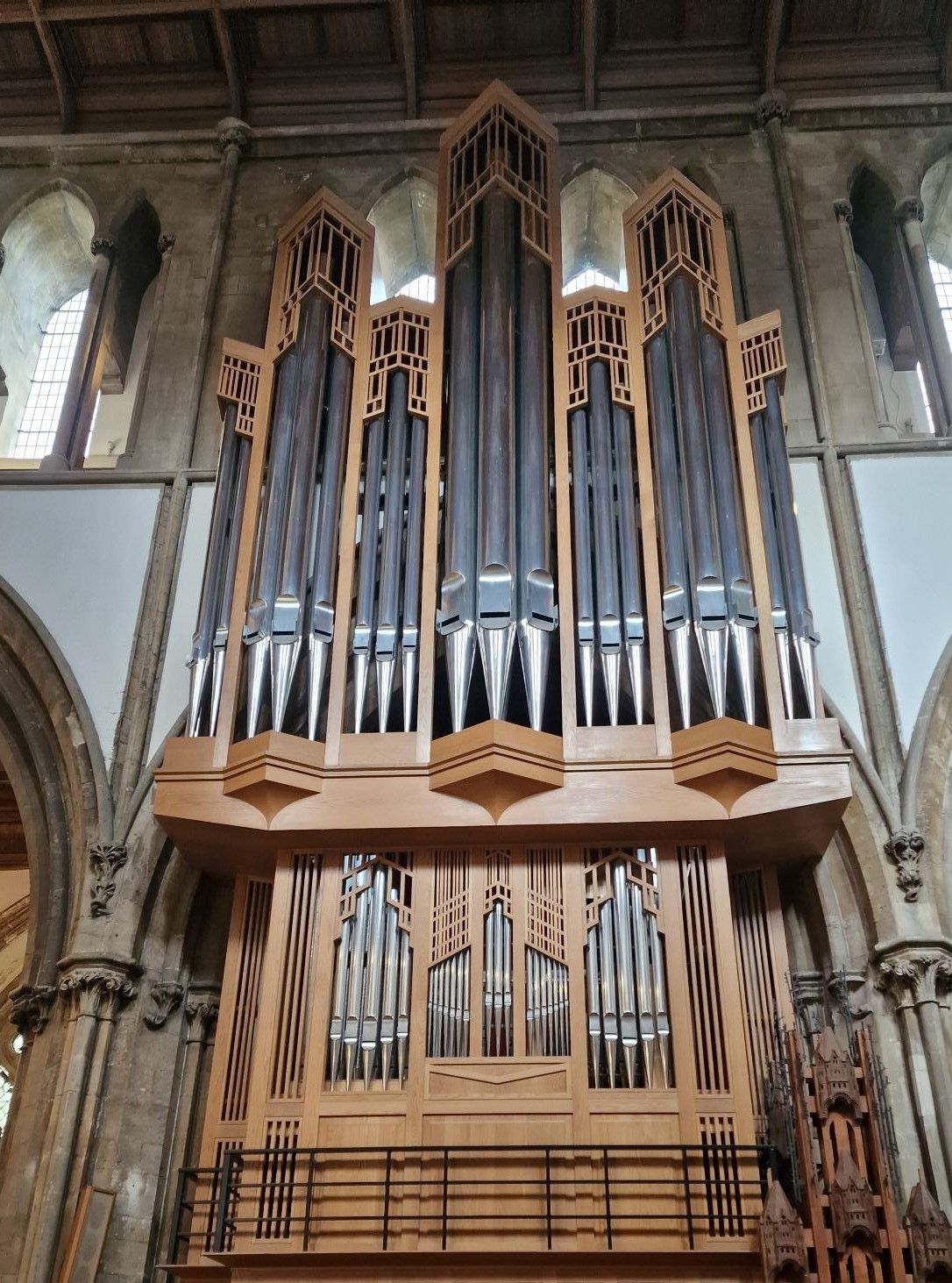
Do you have any pre-concert routines that help you get into the right headspace?
My pre-concert routines always involve taking some time to be quiet and by myself, and make sure I’m focused and relaxed. I check through my score and think myself through the registration changes I’ve set up, so they are forefront in my mind.
What are you listening to at the moment – organ or otherwise?
The last thing I listened to was Rachmaninov’s Second Symphony, which was playing on the car radio as I drove home from the Midlands recently. What a delight to hear this wonderful piece again, especially the whirling energetic second movement (Allegro Molto).
If you could programme one lesser-known organ work for a wider audience, what would you choose?
Jeanne Demessieux’s “Poème” Opus 9 would be an interesting choice. Works for organ & orchestra by women composers are few and far between. Jeanne Demessieux (1921 - 68) was organist of La Madeleine in Paris, as well as a concert organist and composer. She was the first female organist to sign a recording contract.
Any listening tips for first-time listeners – something to keep an ear out for when the organ enters in the Saint-Saëns?
Around ten minutes into the piece, the orchestra sort of winds itself down in preparation for the organ coming in. It gets more sparing in instrumentation, with brooding oboe and bassoon solos, and double bass pizzicato; then, after a short silence, the organ softly steals in.
What do you hope people take away from this performance?
I’d love for audience members to take away an enthusiasm for the organ as an instrument, and a desire to hear it again.. and who knows, perhaps to be inspired to try it for themselves?
It is actually ‘National Learn the Organ Year,’ so now is a really good time!
